Guest Opinion: Retain the Tongass National Forest Roadless Rule

You’ve probably heard the saying about opinions being like that piece of anatomy everyone has and always stinks. Well, that may be true, but we believe in respectful dialogue. Throughout 2020 we’ll be bringing you a series of guest op-eds about hunting, fishing, and conservation. You may not agree with all of them. Heck, we may not agree with all of them, but we promise they’ll be reasonable, well written, and worthy of consideration. Keep an eye out for these articles that discuss most contentious issues in the sporting world, from various perspectives. And remember, no one ever learned anything by only talking to people they agree with.
The hike down to the stream is just tough enough to let me feel a sense of accomplishment. It also happens to provide an excellent introduction to the Tongass National Forest.
The first stretch requires busting through several hundred yards of genuine Southeast Alaska second growth. I’m not sure just when this slice of ground was logged, long enough to allow regrowth into a nasty tangle of doghair evergreens that can only be traversed by pushing and pulling and occasionally dropping down on all fours to bull my way through like a bear. There’s a reason why my rod remains broken down inside its case. The spindly evergreens are punctuated with tangles of punishing devil’s club, jack-strawed logs that weren’t worth hauling out of the woods, and rotten salmon carcasses left behind by the menagerie of predators and scavengers. Reaching the end of the human intrusion, however, brings relief and wonder.
Crossing the threshold of old growth feels like stepping into a cathedral. Evergreens tower as far into the sky as it seems possible for trees to grow. Still partially obscured by the region’s ubiquitous mist, the treetops form a mixed canopy of cedar, western hemlock, and Sitka spruce, their ground-level bark shaggy with age, their massive bases better measured in yards than inches. Occasional shafts of broken sunlight illuminate slices of the forest floor, where moss, ferns, and mushrooms have replaced the devil’s club and mats of brush. The rest of the hike feels like strolling through a park.
When I finally break out on top of a 20-foot cliff overlooking a favorite pool, the hasty urge to slide down through the rocks and get a line in the water nearly overwhelms my better judgement. I’ve fished the two miles of stream between the tideline and the lake so many times that I know every log and rock in the streambed. Cloudy skies and tricky currents make it hard to spot fish, but this elevated vantage provides a slim opportunity that I’ll lose as soon as I descend to the waterline.
Consequently, I do what most of us should spend more time doing when we’re fishing: find a soft spot (any easy task given the carpet of moss underfoot), sit, and use my eyes to probe the water for fish.
Both the tannin-stained current and the time pass without urgency. I realize that there is no place on earth I’d rather be. Today, however, the entire Tongass National Forest stands mired in controversies, some an extension of conflicts that have plagued the area for decades, others outgrowths of our dysfunctional political system. The Trump Administration and the State of Alaska are currently seeking to exempt the Tongass from the 2001 Roadless Rule, which would open the door to old growth logging, road building, and other extraction in millions of acres of pristine forest.
I would like my children and their children to be able to sit where I am sitting, to watch the water pass, to hope that somewhere beneath one of those logs lurks a bright steelhead willing to grant them and their fishing rods some of its time and energy on its ancestral mission upstream.
Unless hunters and anglers organize and act, that may never come.
Destination: Tongass
In August of 1902, President Theodore Roosevelt established the Alexander Archipelago Forest Reserve. Five years later, he created the Tongass National Forest and then combined the two into what still stands today as the country’s largest national forest at 16.7 million acres, spanning most of Southeast Alaska. Congress has since designated 19 wilderness areas throughout the maze of temperate rainforests, fjords, and mountains, totaling 5.7 million acres.
To understand what the Tongass National Forest means to outdoors men and women, one must appreciate the remarkable variety of experiences the area has to offer. I can remember when most recreationists visiting Alaska primarily wanted to go home with coolers full of salmon, but Southeast Alaska’s recent recreation industry boom feeds on Eco-tourism in all its various forms. The area is intrinsically beautiful, and many visitors arrive content to take pictures, walk the beach, and enjoy the ambience of old growth forest.
Jon Martin is a longtime Sitka resident, assistant professor of biology at the Sitka branch of the University of Alaska, hunting guide, and charter boat operator. While his charter clients still want to catch fish, he reports that the younger generation is equally interested in experiencing Alaska and seeing the world’s largest temperate rainforest in its undeveloped state. Exempting the Tongass from the Roadless Rule would damage his charter business.
When I first moved to Alaska in 1980, I wound up on the Kenai Peninsula. I didn’t see any compelling reason to travel all the way to rainy Southeast just to hunt Sitka blacktail deer and catch the salmon I could catch in my backyard. One trip to Southeast, however, showed me how wrong I was. In fact, I enjoyed the area so much that I eventually moved there.
The Tongass has long enjoyed a reputation as a bear hunting destination, for both black and brown bears. The local black bears are among the largest in the world and stalking them on the tide flats during the spring provided some of the most exciting bowhunting I’ve ever experienced.
Although Kodiak Island enjoys a reputation as Alaska’s premier blacktail deer haunt, hunting can be every bit as good in the Tongass. Some of the smaller islands hold introduced elk, and the mountain goat hunting ranks with the world’s best (although non-residents now require a guide to hunt them). The area is not highly regarded as a wing-shooting destination, but waterfowl can be spectacular at the peak of the fall migration.
Good as the hunting is, the fishing may be better. All five Pacific salmon species swim the sea and eventually enter freshwater. For table fare, it’s hard to beat the ocean’s halibut, lingcod, and rockfish. Light tackle enthusiasts can explore beaches and streams for sea run cutthroat and Dolly Varden. The abundance of crabs, shrimp, and clams can turn any day on the coast into a trip to a sushi bar.
Finally, there is the species that I regard as the world’s premier fly rod game fish, the one I pushed through all that doghair second-growth to find: wild steelhead.
Timber and Beyond
Early logging in the Tongass, which was largely unregulated, consisted of mom-and-pop operations concentrated along rivers that could float logs out to sea and on to market. Logging those locations caused disproportionate damage to streamside habitat crucial to healthy fisheries, but they also left the interior of the Tongass largely untouched. That changed in the 1950s with the formation of the Ketchikan Pulp Company, owned by Louisiana Pacific, which soon became the region’s largest employer. Ketchikan Pulp began negotiating long-term timber leases with the Forest Service on extremely favorable terms. Reaching the timber required infrastructure and road construction through difficult terrain. Nothing about these deals ever penciled out for taxpayers, because the cost of getting a log from the mountain to the market invariably exceeded its cash value, with the difference made up by federal subsidies.
According to the group Taxpayers for Common Sense, the Forest Service’s own data show that Tongass timber sales cost taxpayers over $600 million over 20 years. Despite environmental violations that led to a $3 million fine following a guilty plea in 1995, and allegations of price fixing, Ketchikan Pulp ran the show for decades until it closed in 1997.
For decades, the Alaska timber industry and its supporters justified wholesale clear-cutting in the Tongass as a necessary component of the regional economy in an area where money and jobs were scarce. It looked that way on paper, but that was smoke and mirrors. The dollars on all of those pie charts didn’t come from timber. They came from taxpayers, at a great environmental cost that threatened the future of the area’s sustainable economic drivers.
Reform and Litigation
In 1990, the Tongass Timber Reform Act cancelled $40 million in annual subsides to the timber industry, created new wilderness areas, and required environmental review of all long-term timber leases. Ten years later, the Forest Service began developing new travel plans for multiple national forests, including the Tongass. During the Clinton administration, this process led to the enactment of what became known as the Roadless Rule, which initiated two decades of litigation—the complexities of which are perhaps best presented as a timeline.
1998-9—The Forest Service begins developing a new travel plan and road construction policies for multiple national forests including the Tongass. The Wyoming Timber Industry Association and the State of Idaho file suit to block implementation. Both suits are eventually dismissed.
2001—President Clinton issues the Roadless Area Conservation Policy, effectively banning new logging, road building, and mineral development on millions of acres of federal land that had previously been designated roadless or wilderness by Forest Service regulation. The new rule applies to 9.2 million acres in the Tongass. Following the election of President George W. Bush, Chief of Staff Andrew Card issues a directive preventing the implementation of numerous Clinton policies, including the Roadless Rule. Multiple administrative delays follow. Lawsuits filed by Boise-Cascade and the State of Idaho seek to overturn the Roadless Rule permanently.
2002—Legislation is introduced in both the House and Senate in support of the Roadless Rule.
2003—In a response to a suit by the State of Alaska, the administration agrees to exempt the Tongass from the Roadless Rule. It also proposes modification that would allow state governors authority over its implementation. California, New Mexico, and Oregon file suit requesting that Bush administration modifications to the Roadless Rule be overturned and its original provisions be reinstated. They are eventually joined by administrations in multiple other states.
2006—Federal Judge Elizabeth Laporte orders reinstatement of the Roadless Rule. Multiple parties involved in litigation specific to the Tongass agree to halt development in previously established roadless areas pending revision of the Forest Service management plan.
2009—Environmental groups file suit seeking to end the 2003 exemption of the Tongass from the Roadless Rule. The Obama Administration extends a moratorium on logging and mining in roadless areas in the Tongass. The Alaska District Court vacates the 2003 exemption of the Tongass, reinstates the Roadless Rule, and then faces an appeal by the state.
2014-15—The Supreme Court denies a request by the State of Wyoming to review the legality of the Roadless Rule. The D. C. District Court ends a State of Alaska challenge to the Roadless Rule. This is the final challenge to Roadless Rule provisions nationwide, although matters in the Tongass remain unsettled. The Ninth Circuit Court of Appeals rules in favor of reinstating exemption of the Tongass from Roadless Rule provisions. Further ruling by an expanded panel of the same court finds that exemption of the Tongass was illegal.
2016—The Supreme Court declines to hear a request by the State of Alaska to support exemption of the Tongass, citing precedent that federal agencies cannot arbitrarily change policies and ignore factual findings simply because a new president has taken office.
I was living in the Tongass when logging activities declined abruptly as a consequence of the Roadless Rule, and I witnessed firsthand the effect this change brought to local communities that depended on logging as an economic base. Most area residents wanted to remain and raise their families there. Bear in mind that in a village with a population of 100, the loss of one family with three kids might mean the difference between having a school and not having a school.
Alaskans have always been ready to adapt to challenges. Wise heads recognized that in order to keep their communities intact, they would have to pursue alternative economic options. Commercial fishing had always played an important role in the local lifestyle and economy, but it could not immediately compensate for the loss of subsidized timber dollars. Local leaders realized that tourism and outdoor recreation offered the clearest route to economic recovery. Fortunately, the area had all the resources it needed to make this plan work, and it did.
The Candle in the Wind
During the legal battles over the future of the Tongass, neither side received everything they wanted, but the overall wilderness character of the area remained, wildlife populations stayed healthy, and local communities found economic alternatives to timber in the form of commercial fishing, tourism, and outdoor recreation. Now, after two decades of litigation costing millions of dollars that could have been used for better purposes, we have a Roadless Rule back at square one, with the future of the Tongass uncertain.
In August 2019, President Donald Trump instructed Agriculture Secretary Sonny Perdue to exempt the Tongass National Forest from logging restrictions established by the Clinton era Roadless Rule (despite prior court rulings to the contrary). He was encouraged to do so by Alaskan politicians, as well as some from Wyoming and Utah who may also be seeking state exemptions from the Roadless Rule. The Trump directive could potentially affect 9.5 million acres of the Tongass previously designated as roadless by the Forest Service.
At the 2018 Southeast Alaska economic conference in Juneau, data showed that timber now accounts for less than 1% of the jobs in Southeast Alaska, compared to 8% for commercial fishing and 17% for tourism and outdoor recreation. Communities in the area are faring well, and what economic challenges they do face stem largely from decreases in state spending due to declining income from North Slope oil—not the decline of the timber industry. Nonetheless, the Trump directive came with the full support of Alaska’s governor and entire congressional delegation. This came as no great surprise—Alaska politics has long been tainted by an atmosphere of Third World wheeling and dealing.
The logging industry has long sought to portray their opponents as flaky environmental extremists from “Outside” (as Alaskans commonly refer to the rest of the country). Granted, traditional conservation groups such as Trout Unlimited and the Nature Conservancy have played major roles in the effort to preserve the Tongass (although I would not describe these groups as “flaky”). TU president and former Forest Service employee Chris Wood has pointed out that “the golden goose is the salmon, not the trees.”
Steve Cohn, Alaska director of the Nature Conservancy, said, “A full exemption will make it easier for logging and road building in areas that TNC’s science has identified as the most important old growth habitats that should be kept intact.”
However, strong support for preserving the Roadless Rule is also widespread within the state. Commercial fishermen have generally supported it because of its importance to their way of life. As reported in the Cordova Times, 200 fishermen recently signed a letter to Agriculture Secretary Perdue, noting that, “Our livelihoods rely on the salmon, and the salmon are reliant on the health of the Tongass National Forest.”
No wonder hunters and anglers in Southeast Alaska have shown strong support for the Roadless Rule. The Forest Service’s own data show that 25% of salmon harvested throughout the entire West Coast came from the Tongass. Eighty percent of the salmon caught in Southeast Alaska were born there. Surveys have consistently shown that a large majority of all Alaska voters favor keeping the Tongass the way it is, both in support of the traditional commercial fishery and as a source of recreation. These are not merely the opinions of out-of-state environmental groups.
The hike through the old growth described at the beginning of this piece was something of an anomaly. In fact, you have to look hard to find old growth in the Tongass now. John Schoen, a retired wildlife ecologist with the Alaska Department of Fish and Game, reported in a 2016 paper that over half of forest’s old growth has already been logged, and then went on to emphasize the importance of this remaining, undisturbed habitat to many species important to us, including deer, bears, and fish.
Early logging activities focused on old growth trees for simple economic reasons. One old growth giant contained more board feet of lumber than a whole lot of smaller trees and could be extracted more easily, but that may no longer be the case. Following decades of logging, large parts of the Tongass are now populated by smaller, second growth trees. On Prince of Wales Island alone (roughly the size of Delaware, POW is the second largest island in the country), 68 million board-feet of second growth timber currently stands within a quarter mile of an existing road. Newer technologies in logging and milling could make these younger trees a valuable resource, harvested without new roads or significant impact on old growth forest.
This discussion, like many conservation discussions today, has grown political. For the record, I am a staunch Independent and don’t have a partisan dog in the fight. But I have also become largely a single-issue voter, supporting candidates who oppose the transfer of public lands to private hands, recognize the value of wildlife and wild places, believe in the North American Model of Wildlife Conservation, and refuse to compromise those values in exchange for campaign funds from corporate interests.
The Tongass is too important a resource to sacrifice upon the altar of political expediency. A lot of people, from both inside Alaska and out, agree with me. If you’ve ever dreamed of stalking black bears on the mussel-lined tide flats of Prince of Wales or peering into tannin-stained creeks for chrome steelhead, you’ll tell your congressional representatives to support or co-sponsor the Roadless Area Conservation Act of 2019 and not allow this administration to threaten the mighty Tongass National Forest.
Feature image via Bryan Gregson. Internal images via Don and Lori Thomas.

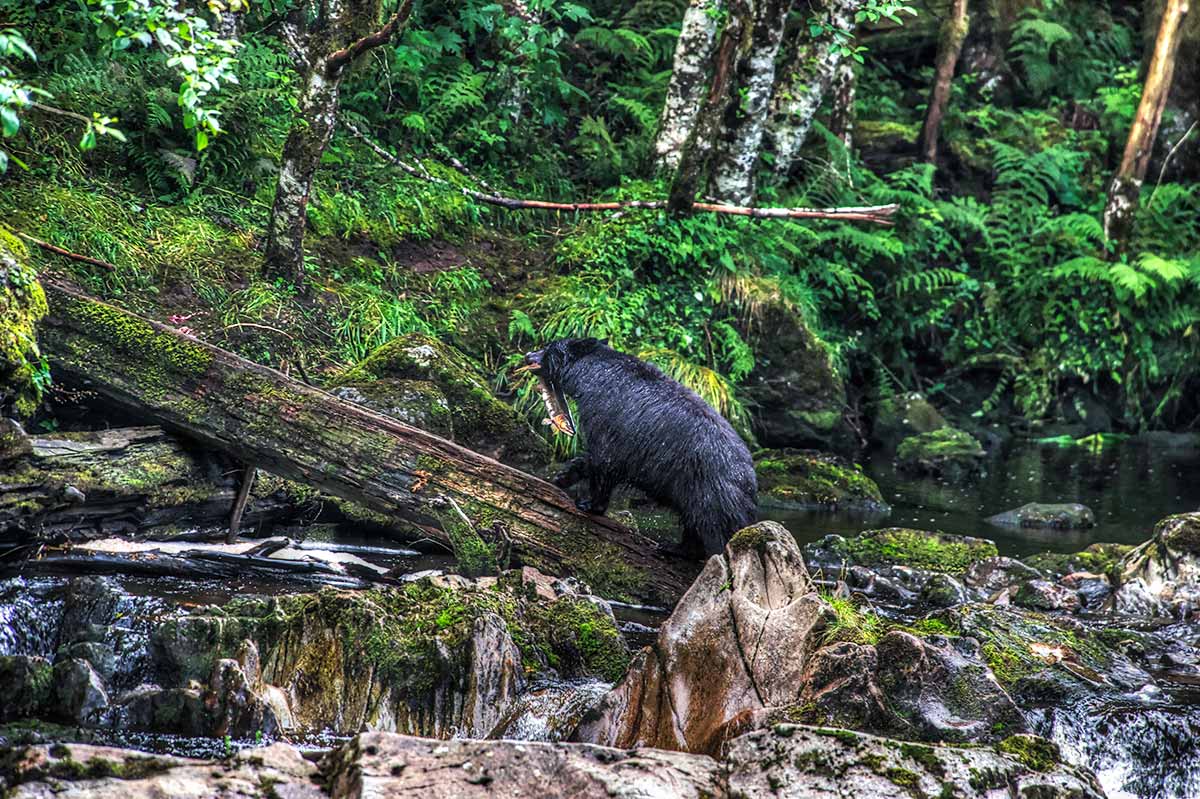
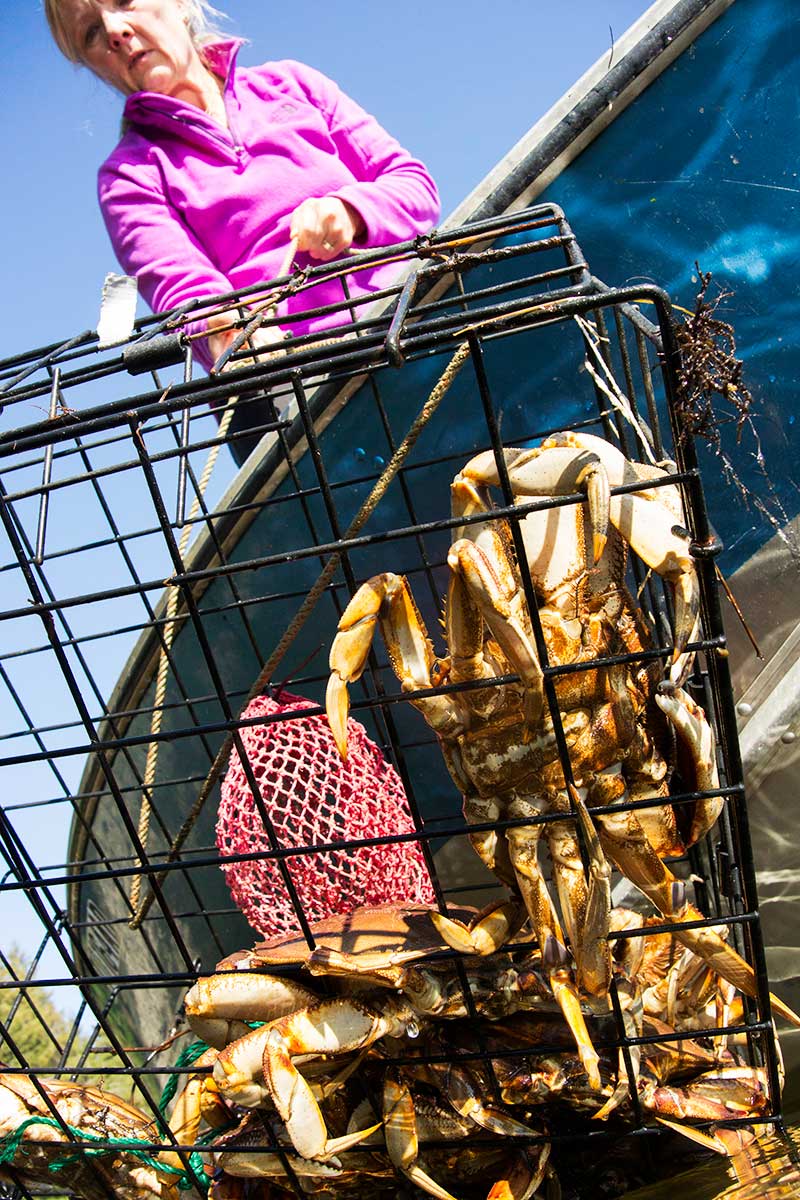
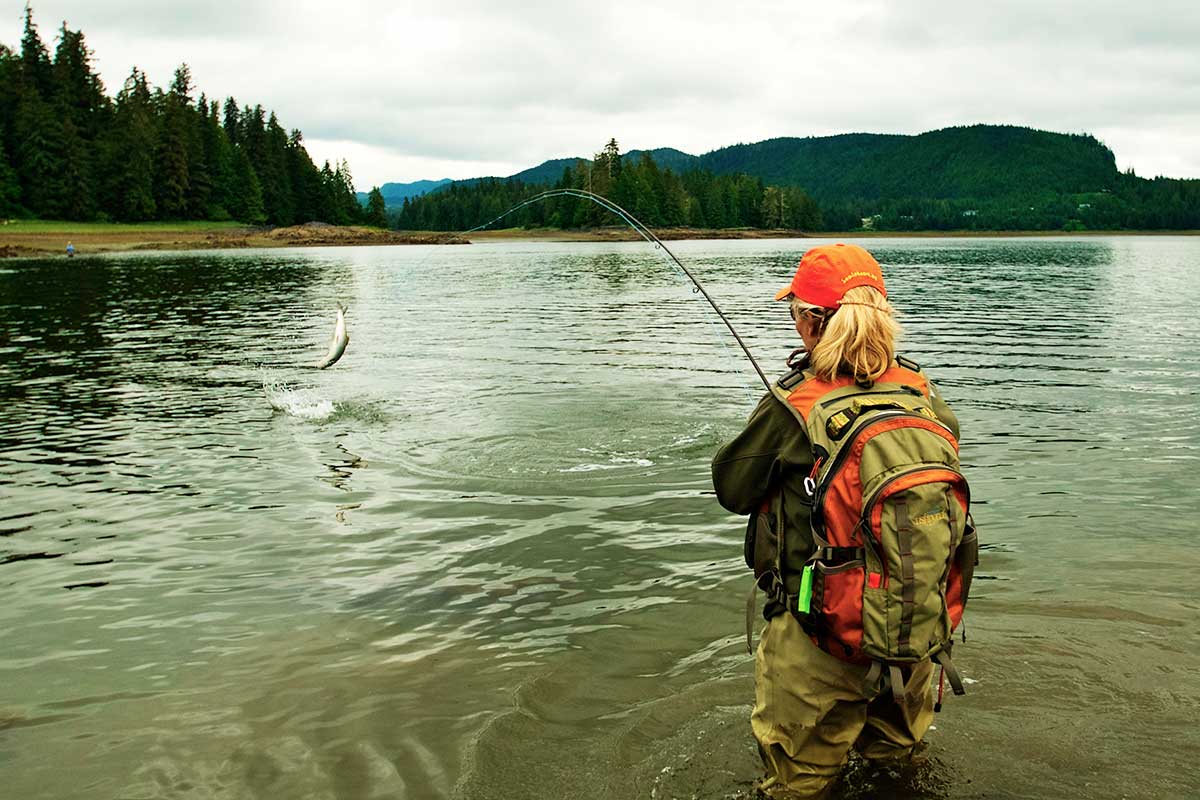
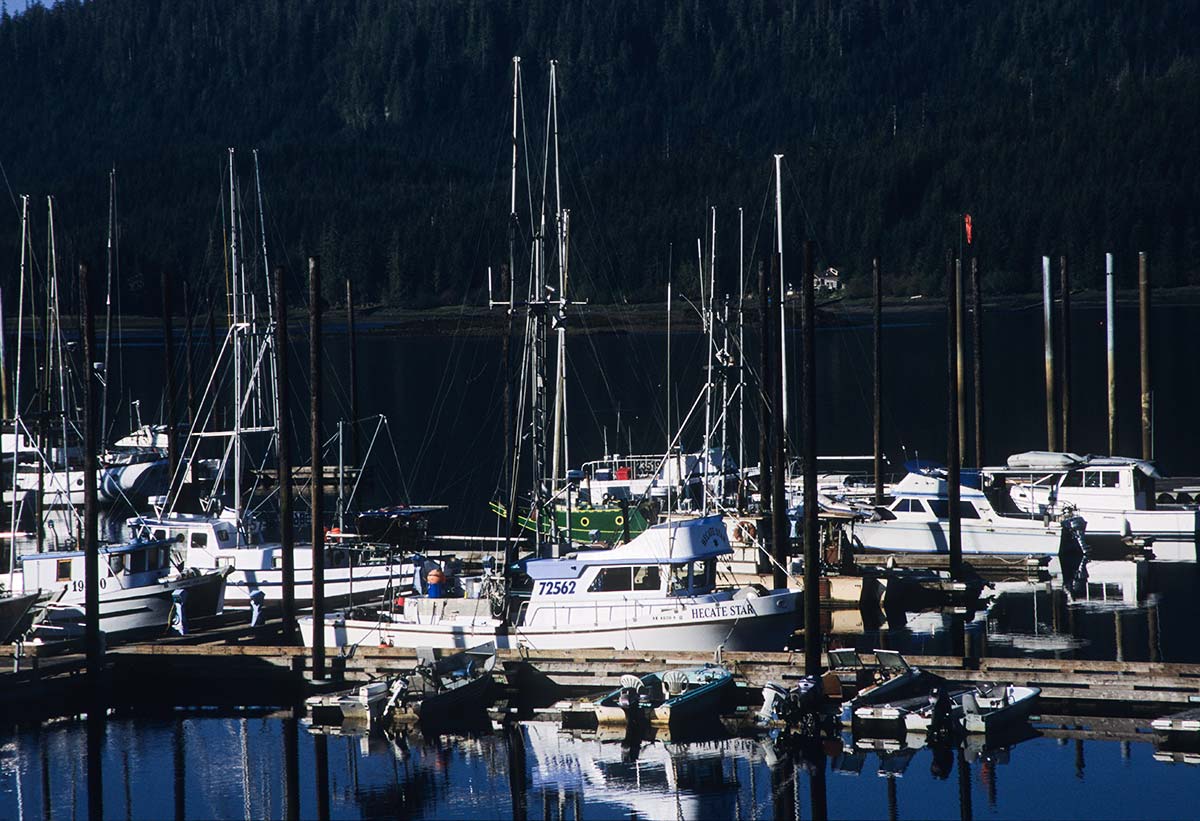
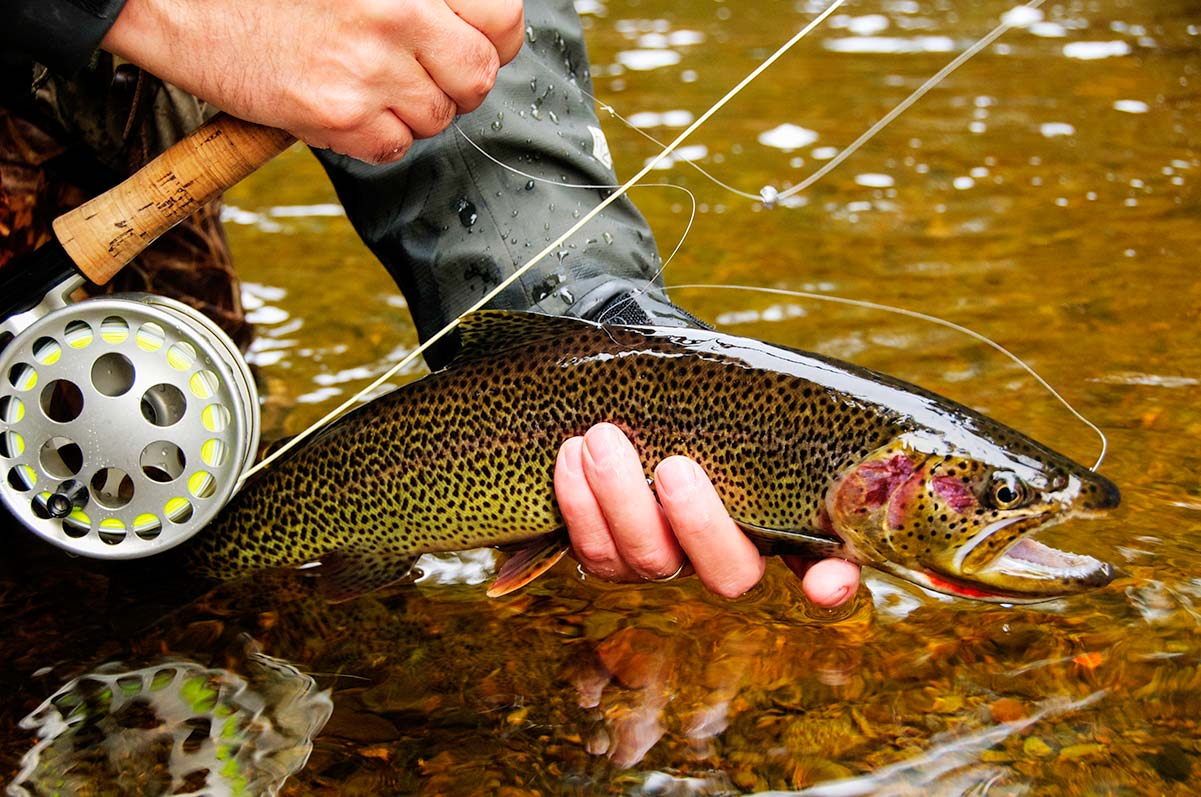





Conversation